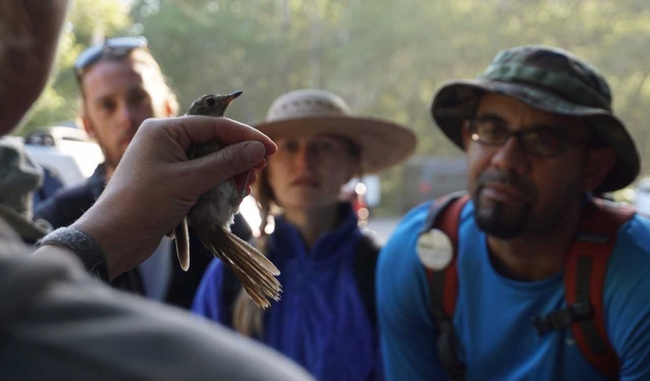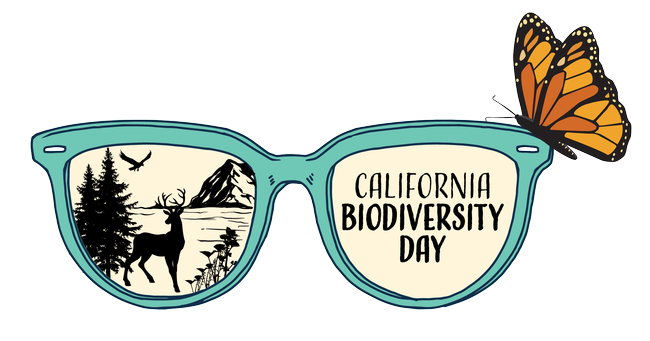The California Biodiversity Collaborative correctly identifies “engage and empower” as one of four key strategies for biodiversity conservation. Together with “knowledge,” “protection, “and “restoration,” the state seeks to put people at the center of its strategy to protect the genes, species and ecosystems that sustain our society and economy. The emphasis on engagement and empowerment is well founded as it is one of the most challenging but necessary elements of the strategy. The UC California Naturalist program provides an excellent example of how the state can engage and empower more people to support this important statewide initiative.
Biodiversity conservation can't be accomplished without mobilizing a good percentage of the 40 million people in the state whose daily choices and actions directly affect biodiversity. The decentralized nature of biodiversity means that its conservation requires the participation from many - not just elected officials, agency personnel, and scientists. The challenge of engaging a large percentage of the state's population in any form of normative behavior has been illustrated nicely by the COVID-19 pandemic. Knowledge and information alone will not bring about changes in behavior. The experience of the UC California Naturalist program suggests a few approaches that may help catalyze meaningful public engagement and empowerment: 1) transformative learning experiences; 2) participation in locally relevant efforts, and 3) building relationships and cultivating a shared identity that reinforces and sustains participation.
Many of our course participants describe their experience in their California Naturalist course as something that “opened their eyes” or “gave them a whole new way of viewing the environment around them.” Talented instructors, hands-on learning experiences, and opportunities for reflection – such as journaling – help participants critically examine long held assumptions and beliefs and rethink old habits. These changes are primed and amplified when we experience disrupting, disorienting, and discrepant events such as record breaking wildfires, extreme weather events, and pandemics. At the end of their course, California Naturalists don't simply walk away with new knowledge and a certificate. With new eyes, they see the world differently, with new beliefs they understand their environment differently, and with new skills, they contribute in new ways. The manifestation of these changes is often in the form of increased volunteer service.
Engagement is another important part of the California Naturalist learning experience. Every California Naturalist completes an eight-hour volunteer service project and a class participatory science project. These projects combine learning with service, and typically focus on locally relevant issues that are important to the individual naturalist or community. Projects include everything from participation in bioblitzes, to designing native pollinator gardens, to removing invasive species, to supporting environmental education efforts. These experiences not only support learning, they often support scientific research, and in many cases they result in California Naturalists reaching and engaging others.
While engagement is important, sustaining that engagement is even more important. The California Naturalist program doesn't require volunteer service hours from its naturalists. Instead, it seeks to incentivize engagement by building a shared culture and identity. By promoting volunteer service opportunities, by celebrating the success of our naturalists and network partners, by building and inclusive and diverse community, and by promoting lifelong learning through convenings and other continuing education opportunities, the California Naturalist program advances a culture of conservation for all.
The California Naturalist program supports the mission and efforts of the California Biodiversity Collaborative. Our tag-line “Discovery, Action, and Stewardship” alludes to the importance of transformative learning, engagement, and empowerment. Together with our decentralized network of over 55 partners around the state, we believe our program is a model for advancing the goals of the California Biodiversity Collaborative.
September 4-12, 2021 is California Biodiversity Week. Join us in celebrating the unique biodiversity and renewing our commitment to stewarding the state's incredible natural heritage! During the Week, CalNat is posting blogs authored by members of our community, ending in our September 14th CONES event from noon-1:00 PM. Be sure to also check out a list of activities and resources online from the CA Natural Resources Agency!

